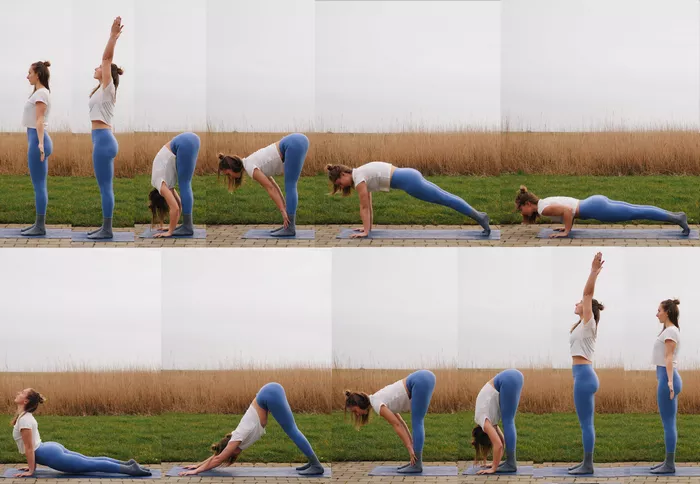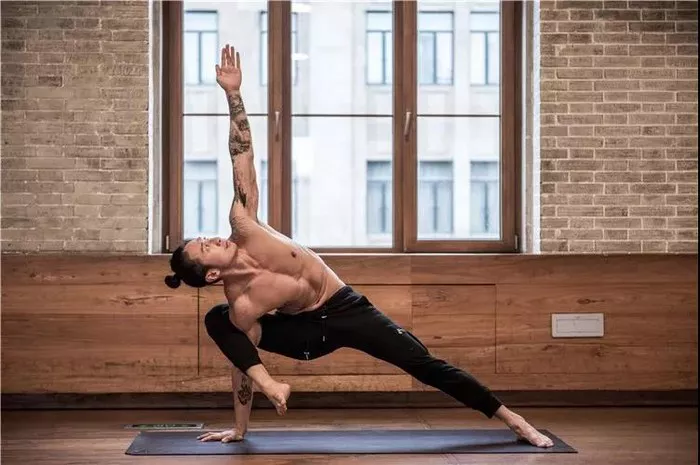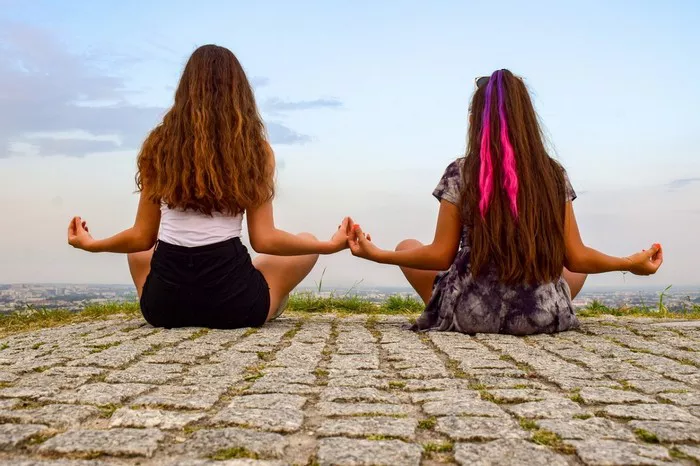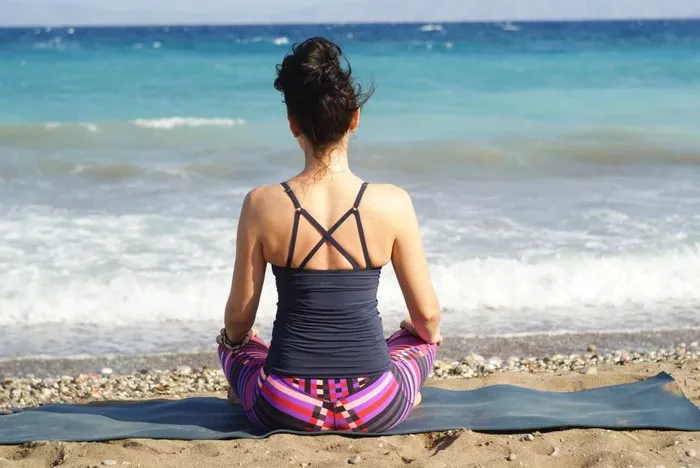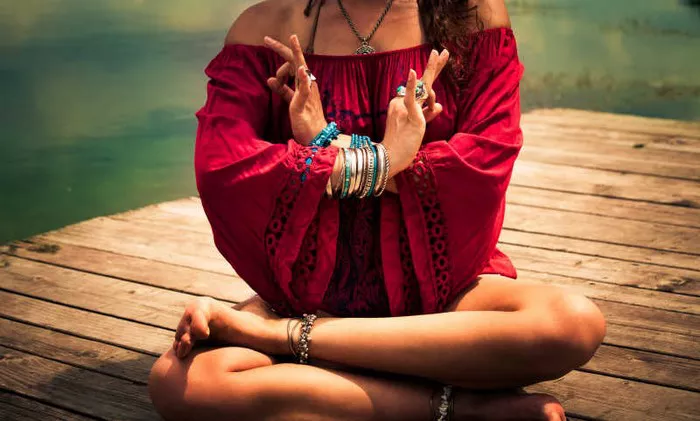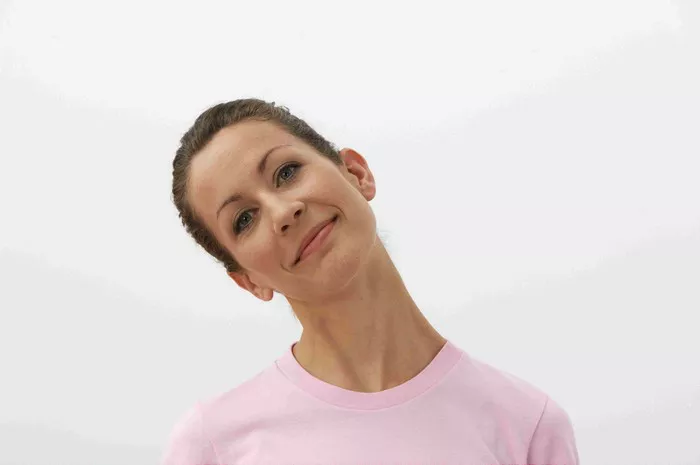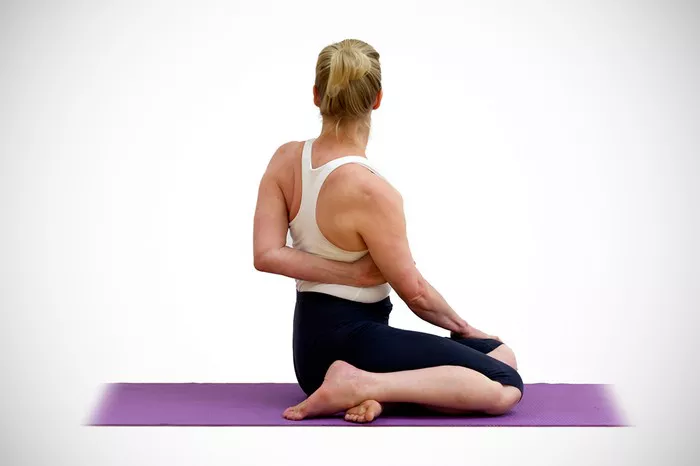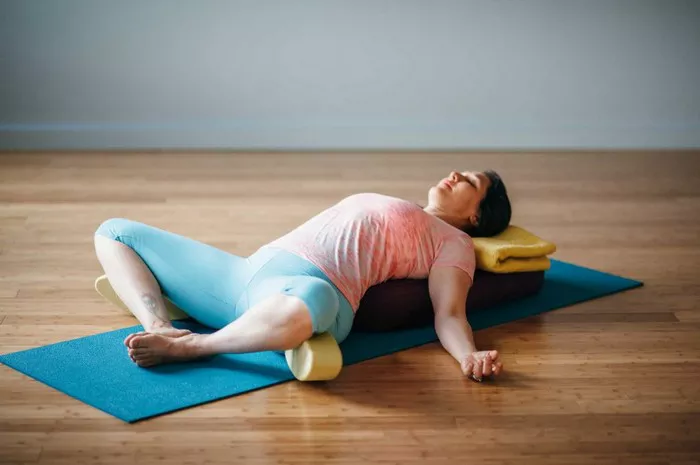Iyengar yoga is one of the most popular and respected forms of yoga worldwide. Developed by the legendary B.K.S. Iyengar, it emphasizes precision, alignment, and the therapeutic benefits of yoga. Iyengar yoga practitioners often rely on props like blocks, straps, and blankets to help them achieve correct alignment and to deepen their practice. This style of yoga demands a deep level of concentration, awareness, and focus, which is why wearing the right clothes is essential for your comfort, performance, and overall experience.
When practicing Iyengar yoga, the choice of clothing may seem trivial, but it can significantly affect your posture, movements, and ability to fully engage in each asana (yoga pose). In this article, we’ll take an in-depth look at what to wear to Iyengar yoga, including factors to consider, clothing recommendations, and practical tips to ensure you get the most out of your practice.
Why the Right Clothes Matter in Iyengar Yoga
The primary focus in Iyengar yoga is on the alignment of the body and the correct execution of each asana. Clothing that is too tight, too loose, or restrictive can hinder your range of motion, making it difficult to maintain proper alignment. Comfortable clothing allows for greater mobility and flexibility, enabling you to move freely through each posture while focusing on your breath and technique.
The right clothing can also enhance your safety during practice. Iyengar yoga incorporates the use of props and may involve supporting postures that place strain on certain muscles and joints. Clothing that fits well and provides adequate support can prevent unnecessary discomfort or injuries during your practice.
In addition, wearing appropriate clothing contributes to a sense of mindfulness and discipline in your practice. Choosing attire that is specifically designed for yoga shows a level of respect for the practice and yourself, fostering a deeper connection to the process.
Key Factors to Consider When Choosing Your Iyengar Yoga Outfit
Comfort and Flexibility
Comfort is the most important factor when choosing clothing for Iyengar yoga. During a class, you will be moving through a wide range of poses that require flexibility and the ability to stretch in all directions. Clothing that restricts movement, such as tight jeans or overly structured garments, can hinder your practice. Instead, opt for clothing that allows for natural movement of the body.
Fit and Style
In Iyengar yoga, it is essential to wear clothing that fits well, neither too tight nor too loose. Clothes that are too loose can become tangled or in the way, especially when using props such as straps or blocks. On the other hand, overly tight clothes can restrict your ability to stretch and limit your range of motion. Ideally, your clothing should fit comfortably against your body, providing support where necessary but not impeding movement.
Many practitioners opt for leggings, tank tops, or fitted t-shirts for a snug yet comfortable fit. It’s also common to wear clothes that are designed to wick moisture away from the skin, especially if you tend to sweat during practice.
Breathability and Fabric Type
Iyengar yoga classes, especially those that are more vigorous, can cause perspiration. Therefore, the fabric of your clothing should be breathable and able to wick away moisture. Fabrics such as cotton, bamboo, or synthetic blends designed for athletic wear are great options because they allow air to circulate, keeping you cool and comfortable.
Avoid clothing made of non-breathable materials, such as heavy polyester, which can trap sweat and heat against the skin. In addition to breathability, you’ll want to consider the durability of the fabric. Iyengar yoga often involves holding postures for extended periods, so the fabric should be able to withstand stretch and pressure without losing shape or comfort.
Support and Coverage
While Iyengar yoga does not typically involve the high-impact movements seen in some other yoga styles, it is still important to ensure that your clothing offers enough support. This is especially true for the torso and chest areas, particularly for women. Sports bras or tops with built-in support are essential for preventing discomfort during practice. Similarly, make sure your pants or leggings offer a secure fit at the waist to avoid constant adjustments while moving through various asanas.
Additionally, your clothing should provide adequate coverage without being too revealing. This will allow you to focus on your alignment and posture without worrying about the potential for unwanted exposure. High-waisted leggings or pants can offer additional coverage, especially in poses like forward bends and backbends.
Ease of Movement
The design of your clothing should facilitate free and easy movement in all directions. When practicing Iyengar yoga, you’ll be moving through various planes, including forward folds, backbends, twists, and standing poses. Clothing should be stretchy enough to accommodate your body’s movements, but also provide the necessary support.
Pants with a good amount of stretch or leggings made from elastic materials can offer the right balance of freedom and support. Tops should allow you to raise your arms overhead without restriction and allow for deep breathing.
Appropriateness for the Studio Environment
Iyengar yoga classes are often held in a studio setting where the environment is calm, quiet, and focused. It’s essential that your clothing is not only functional but also respectful of the setting. Clothing with excessive logos, flashy prints, or distracting features may detract from the serene atmosphere of the class.
Aim to wear clothes that are simple, neutral, and comfortable, which will help you blend into the practice and focus on your postures without external distractions. Earthy tones, soft colors, and minimalist designs tend to be well-suited for Iyengar yoga.
What to Wear to an Iyengar Yoga Class
Based on the key factors mentioned above, here’s a breakdown of what to wear to an Iyengar yoga class, whether you are a beginner or an experienced practitioner.
For Women:
- Tops: A fitted tank top, sports bra, or yoga shirt is ideal. Choose a top with sufficient support, particularly if you have a larger bust. A long-sleeve top made of breathable fabric can be worn for cooler environments or during restorative poses.
- Bottoms: High-waisted leggings or yoga pants that fit snugly at the waist and provide plenty of stretch. Avoid clothing with too many seams or embellishments that could become uncomfortable during prolonged holds.
- Layering Options: Consider bringing a lightweight jacket or cardigan if you practice in a cooler studio, but remember that you’ll likely want to remove it as your body warms up.
- Footwear: Iyengar yoga is practiced barefoot, so there’s no need for shoes. Bare feet allow you to establish a solid connection to the floor, which is essential for balance and alignment.
For Men:
- Tops: A fitted t-shirt or tank top is typically best. It should be comfortable and not too baggy to avoid restricting movement during standing poses and inversions. A breathable material such as cotton or a moisture-wicking blend will keep you comfortable throughout the practice.
- Bottoms: Fitted shorts or leggings work well. Many men prefer long yoga pants that offer full coverage, but ensure they are not too loose as they may interfere with your practice or trip you up.
- Footwear: As with women, men should practice barefoot in Iyengar yoga. Proper grip and flexibility in the feet are necessary for optimal stability in postures.
For Both:
- Undergarments: Choose comfortable undergarments that offer sufficient support and won’t ride up during movement. Moisture-wicking fabric can help reduce chafing and discomfort.
- Yoga Props: While not part of your clothing, props such as yoga blocks, straps, and blankets are often used in Iyengar yoga. If you prefer to bring your own, check with the studio in advance to ensure they are allowed.
What to Avoid Wearing in Iyengar Yoga
Baggy or Loose Clothing
Avoid clothing that is too loose, such as oversized t-shirts, pants, or skirts. These items can get in the way or make it difficult to monitor your alignment. They may also become tangled in props during poses that require balance.
Inappropriate Fabrics
Steer clear of clothing made from non-breathable fabrics like heavy polyester. This fabric traps heat and moisture, which can cause discomfort and lead to skin irritation.
Excessive Jewelry
Avoid wearing excessive jewelry that could become a distraction or potentially cause injury during your practice. Simple, minimalist accessories are fine, but remove anything that might get in the way.
Overly Tight Clothing
Extremely tight clothing may feel restrictive and hinder your range of motion. Ensure your clothing fits comfortably but has enough stretch to accommodate the movements required in Iyengar yoga.
Conclusion
Choosing the right attire for Iyengar yoga is more than just a matter of style—it is about enhancing your practice by ensuring comfort, freedom of movement, and safety. The key is to wear clothing that fits well, breathes easily, and allows you to maintain proper alignment while focusing on your breath and precision. With the right clothes, you can optimize your experience, concentrate more deeply on the teachings, and embrace the therapeutic benefits of this methodical practice. Whether you are a beginner or an experienced practitioner, investing in the right yoga wardrobe will ultimately contribute to a more focused, enjoyable, and effective practice.
Remember, the most important thing is that you feel at ease in your outfit and can fully immerse yourself in the practice, allowing the mind and body to come together in harmony.
Related Topics:

